What Causes Tire Cupping – Described in Details
Tire cupping is defined as the wearing out of the tire patterns in an irregular manner. This usually happens due to the bouncing of the tires.
This causes the tires to have uneven contact with the ground, wearing the rubber in some places and not the others. The uneven contact also accounts for the hindered motion of the car.
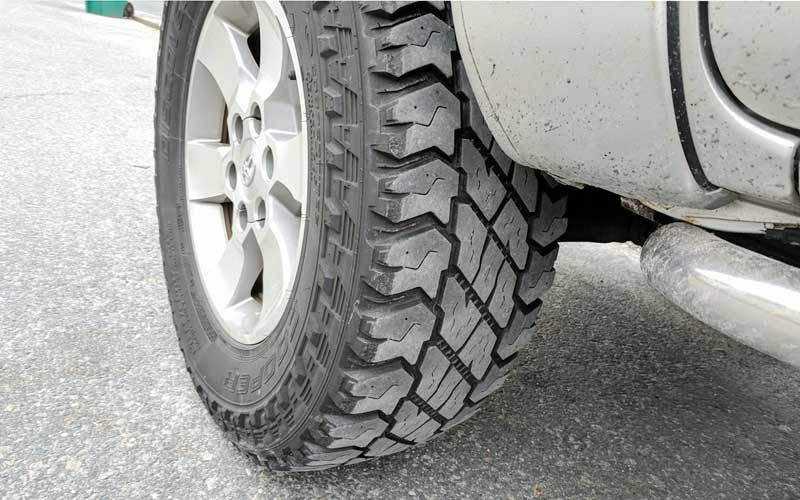
Causes of the cupping of back tires
There are many reasons your tires can start cupping. It is important to know them so that you can know how to prevent or deal with your tires.
1. Worn out suspension parts or shock absorbers
The main reason the car isn’t as bumpy as it should be due to the number of bumps and potholes on the road is shock absorbers. They account for the smooth rides you are able to enjoy in your car.
If they, anyhow, aren’t functioning like they are supposed to, your tires will have to do their job. And that means more work for the tires.
Partial failure of absorption is what results in the extra friction that the tire is experiencing in the few spots. That is what starts the cupping of the tires.
You need to get your absorbers, or your suspension parts checked to see how close they are to wearing out.
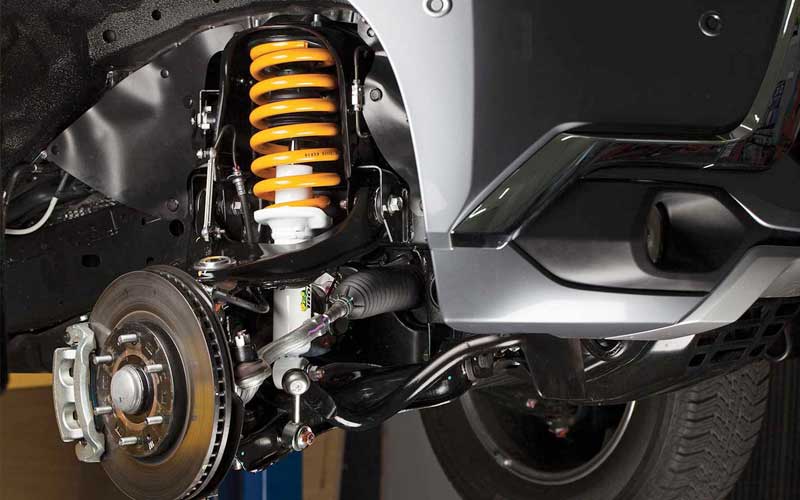
One survey carried out under the direct command of very influential shock manufacturers, only a very limited amount of people, as little as 21% deem shock absorbers as important.
This is quite an unrealistic approach, as they have many roles to play in the proper functioning of the car.
According to a test that was conducted by The Cologne Institute For Traffic Safety in Switzerland, the breaking distance faces an increase of 23% when the dampening ability of the shock absorbers falls to 50%.
So, it is important that you know, they have a lifespan of 50,000-60,000 miles. Get them diagnosed fully every now and then, and make sure you also get them replaced at the right time.
2. Misalignment of the wheels
There are three settings in the process of wheel alignment. When these settings are accurate, your wheels will be perpendicular to the road and parallel to each other.
Here are three angles:
Camber
This is the angle that exists between the surface of the road and the tires. When the angle between the tires and the road is 90 degrees, the camber setting will become zero.
However, when the setting is not zero, the tire will either be bent inward or outward. This will cause the wearing out of the suspension parts.
Toe
The tires need to be parallel to each other, and the angle between them is called toe. This is the most important factor in wheel alignment.
If the toe is either in or out, your tires will scrub off on the back. Not only that, toe misalignment that is as small as 0.17 inches is responsible for dragging the tires to the side almost about 68 miles in a year.
Caster
The steering axis and the road need to have an angle of 0 degrees. If the setting is either negative or positive, it will become extremely difficult to turn the vehicle.
No alignment in even one of these settings is going to result in cupping. Both the front wheels and the back wheels need to be aligned in order to prevent that.
The rear and front tires also need to be aligned with each other if you do not want the back tires to cup. Back tires will also wear out unevenly if the angles of the toes of both the tire sets are not aligned.
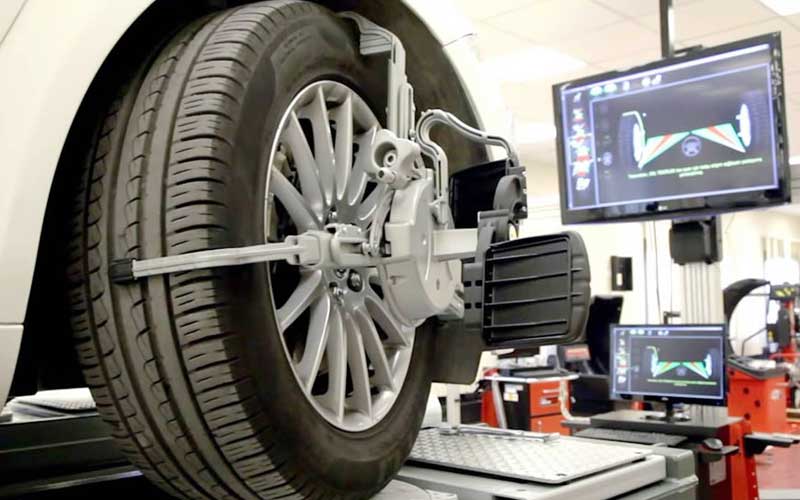
If these are the cases, then the cupping will be in a diagonal manner.
Every time you install new tires, you have to, at all costs, check their alignment. And after every six months, a routine test should also take place.
Alignment can get effected whenever you hit any curb or a pothole, so keep in mind that you cannot just check the alignment and then forget about it totally.
Because misalignment does not only cause cupping, it will also give rise to several other issues, like the tilting of the steering wheel, the vehicle pulling to aside, and the returning ability of the steering wheel degrading.
3. Quality of the tires
Tire cupping can also occur if the quality of your tires is compromised. They will not be able to give you a performance that a regular, good quality tire can.
They tend to be thinner, are not balanced properly, have lesser tread, or are misshapen.
If you live in an area that is hotter than the others, such tires will also begin to dry and then chunk out. This will result in problems that are a lot more than just uneven wear or vibration.
That is why you ought to consider the quality of the tires before you proceed to purchase them.
4. Imbalance of the tires
When the weight is not evenly distributed in the tire, it is known as the tire imbalance. Even though the manufacturing process of the tires is extremely sophisticated, some spots on the surface of the tire still remain stiffer.
Such spots are the main reason why the imbalance occurs. An out of balance tire is going to bounce when you are driving at higher speeds.
And eventually, you will begin to notice cupping in your tires. This wearing out is also known as patch wear.
These weights can be balanced. If you take your car to a technician for stiff tires, he will put weights opposite to those spots, to balance them out.
But the weight distribution can and will change as the tread will wear out. So, you need to get the balance of your tires checked every now and then.
If you do that, you will be increasing the life of your tires by 15-20%.
5. Tire runout
When the tire is no longer in a perfectly round shape, it is called a tire runout. You can use this term for both the rim and the tires.
This runout can be lateral or radial. Lateral is the side-to-side imbalance, and the radial is the difference between the average line and the high spot of the rim.
It is okay for the tire to have a little runout. But if it gets too much, you have to get the car to a technician to solve the issue.
Read Also: How to Plug a Tire
How to repair back tire cupping
The best way to deal with the cupping is to clear the cause of it. You can eradicate the causes, but not the wear.
If your tires aren’t severely cupped, terminating the cause is going to even them out eventually. However, if the cupping is severe, then you will have to change the tire as soon as possible.
Even though it is best for you to take the car to a mechanic to check the issue for you, but here are a few things that you can do yourself before you take your car to the workshop.
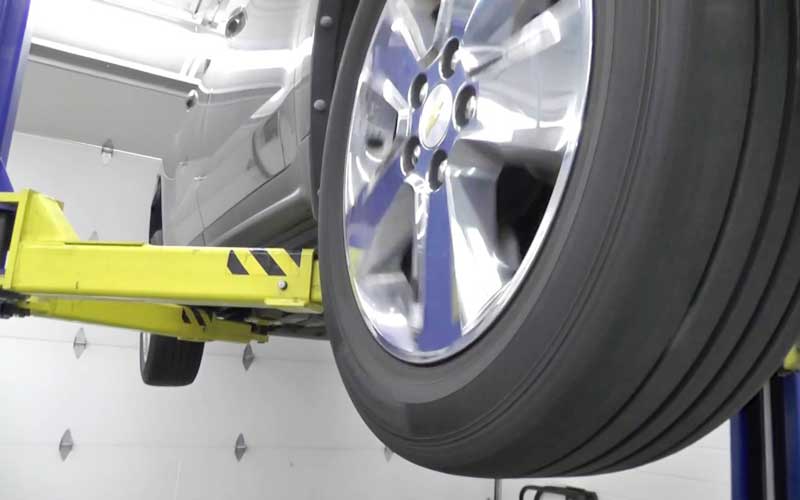
Park your vehicle and pull the emergency brakes.
Look at the tread of the tires, and check which one of the tires are cupped.
Push your car to move it a bit, and then see how much it bounces.
If your car is bouncing a lot, then your absorbers are where the issue lies.
Look at the inside of the tires. If you see that the insides of the tires are worn out, then wheel misalignment is the cause.
The best bet is to go to any tire shop so that the mechanic checks your wheels. A technician is going to fix whatever is causing the tires to cup.
He may also give you an option for switching to wider rims and tires, because they will have more surface area that is in contact with the ground, giving your vehicle more stability.
Try to buy unidirectional tires, too, if your car does not specify otherwise. These kinds of tires are going to give you the best kind of traction.
How to prevent tire cupping
There are many ways you can prevent tire cupping as well, apart from learning the causes and eradicating them.
Check your tire pressure on a regular basis. If your tires are over-inflated or under-inflated, they will cause many issues as well. Make sure all your tires are operating on the same pressure.
You can also rotate your tires. Make sure you do that every 8,000 miles maximum. Doing this is going to solve many problems of cupping that arise from the tires themselves.
Buy brand new tires whenever you can. Make sure you consult the manufacturers’ guide to see what kind of tires you can purchase, and don’t settle for low-quality stuff.
Final Thoughts
Cupping of the car tires is a very dangerous happening. However, it can be prevented by learning about its causes. Here was a list of the causes of tire cupping.
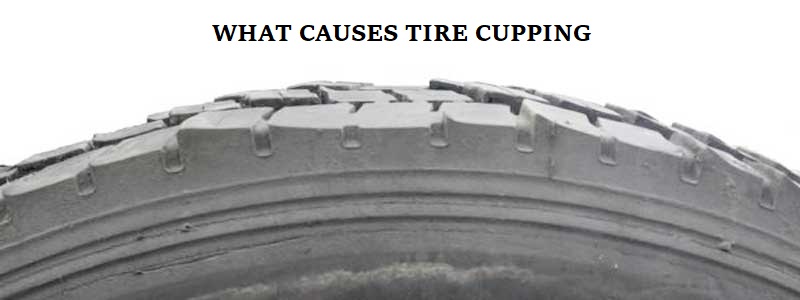

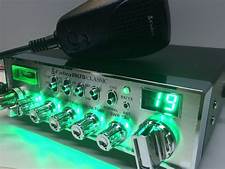


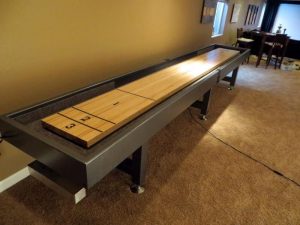
Post Comment